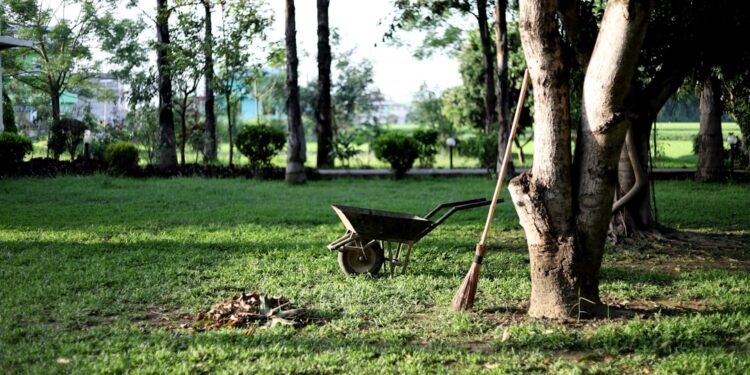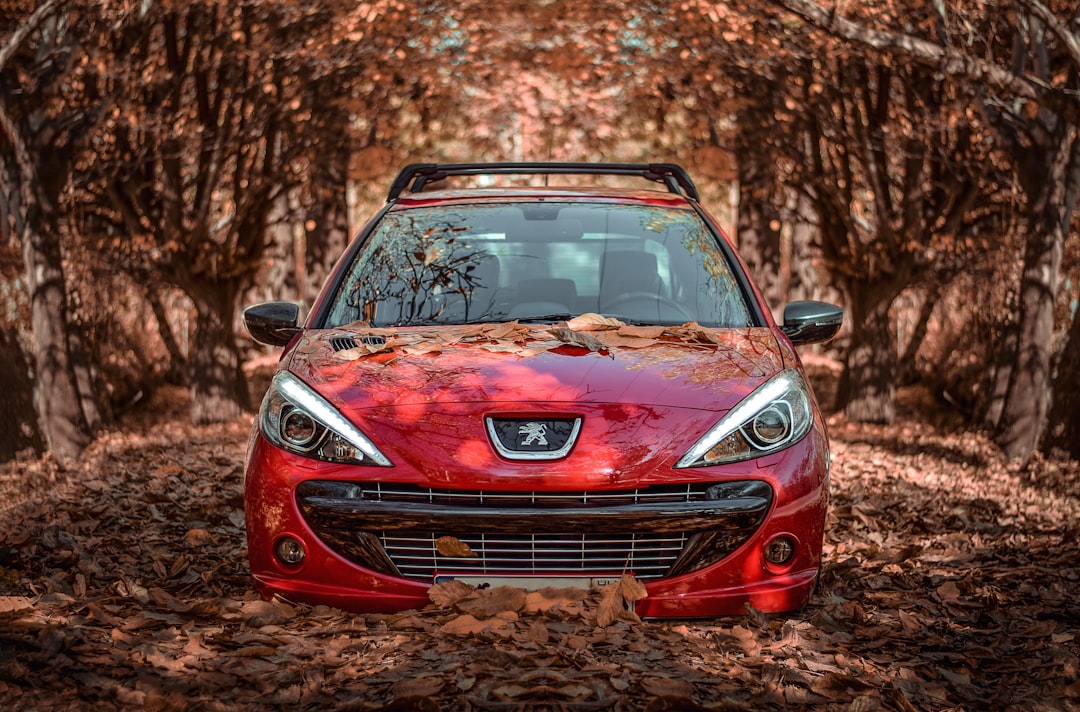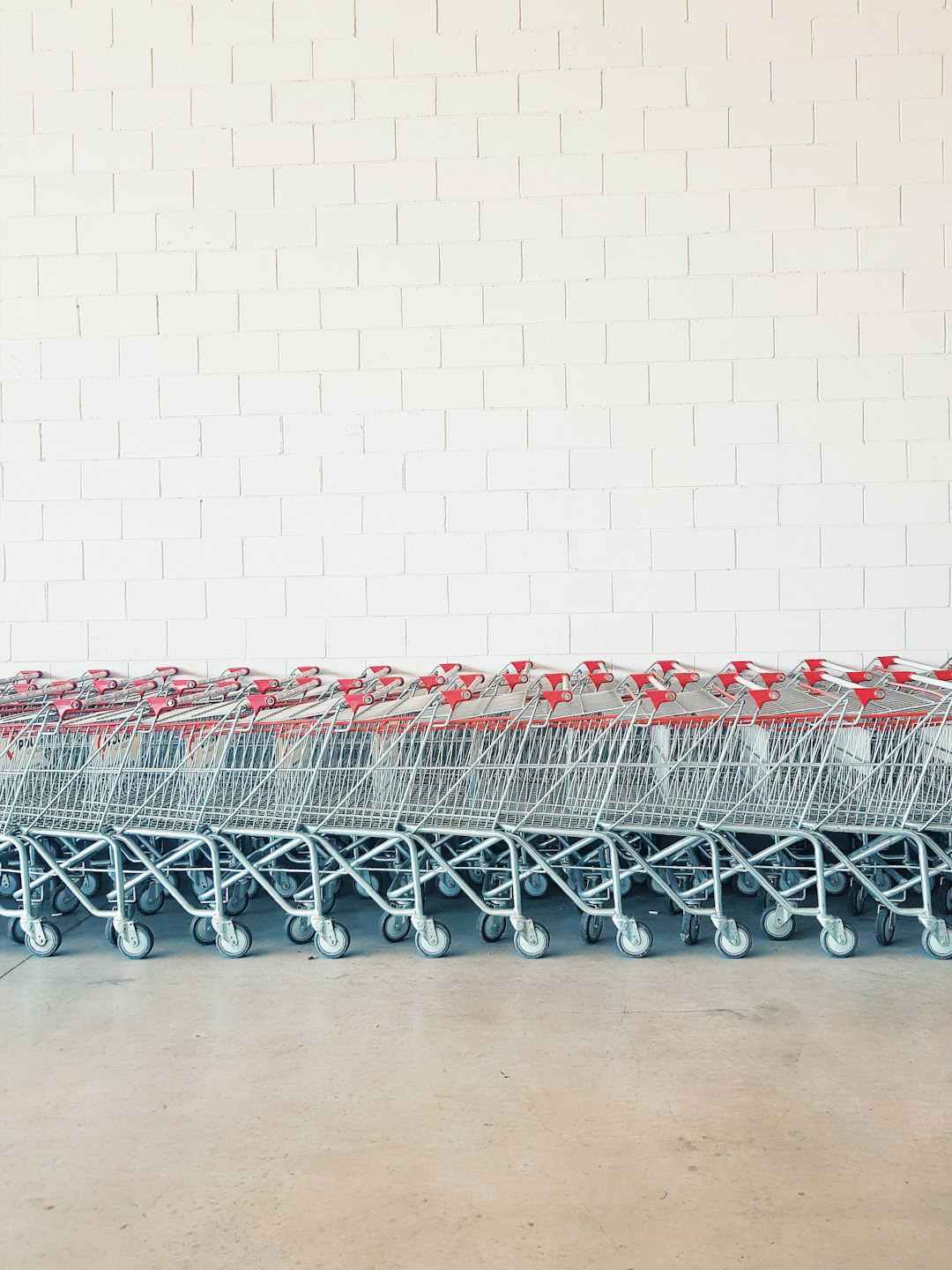Creating a Pollinator-Friendly Garden: How to Attract Bees, Butterflies, and Other Pollinators to Your Yard
Pollinators play a crucial role in our ecosystem by helping plants reproduce. Bees, butterflies, hummingbirds, and other pollinators are responsible for pollinating more than 75% of flowering plants and about 35% of global food crops. Unfortunately, pollinator populations are declining due to habitat loss, pesticide use, and climate change. As gardeners, we can help support pollinators by creating a pollinator-friendly garden in our own yards.
Here are some tips on how to attract bees, butterflies, and other pollinators to your garden:
1. Choose Native Plants: Native plants are adapted to the local climate and soil conditions, making them more attractive to pollinators. Research which plants are native to your region and incorporate them into your garden. Some great options include bee balm, coneflower, milkweed, and black-eyed susan.
2. Provide a Variety of Flowers: Different pollinators are attracted to different types of flowers. Bees are attracted to brightly colored flowers with a strong scent, while butterflies are attracted to flowers with flat petals for easy access to nectar. Plant a variety of flowers in different shapes, colors, and sizes to attract a diverse range of pollinators.
3. Plant in Clusters: Pollinators are more likely to visit your garden if there are large clusters of flowers rather than scattered individual plants. Planting in clusters makes it easier for pollinators to find and access the nectar and pollen they need.
4. Include a Water Source: Pollinators need water to survive, especially during hot summer months. Provide a shallow dish of water or a birdbath with rocks or floating plants for pollinators to drink from and rest on.
5. Avoid Chemical Pesticides: Pesticides not only harm pollinators but also the plants they rely on for food. Instead of using chemical pesticides, opt for natural pest control methods such as handpicking pests, introducing beneficial insects, or using insecticidal soaps.
6. Create Habitat: Pollinators need a safe place to rest, nest, and overwinter. Provide shelter for pollinators by incorporating features such as bee houses, butterfly houses, and log piles into your garden. Leave some areas of your garden undisturbed to provide habitat for ground-nesting bees and other pollinators.
7. Provide Food for Caterpillars: Butterflies lay their eggs on specific host plants that caterpillars will feed on. Include host plants such as milkweed for monarch butterflies, parsley for black swallowtails, and dill for swallowtails to attract butterflies to your garden.
8. Add a Pollinator Garden Kit: If you’re unsure of where to start, consider purchasing a pollinator garden kit. These kits typically include a selection of pollinator-friendly plants, a planting guide, and resources on how to support pollinators in your garden.
9. Support Local Pollinators: In addition to attracting pollinators to your garden, consider supporting local pollinator populations by participating in citizen science projects, advocating for pollinator-friendly policies, and promoting pollinator conservation in your community.
10. Educate Yourself and Others: Learn more about the importance of pollinators and the threats they face, then share that knowledge with others. Educate your friends, family, and neighbors about the benefits of creating a pollinator-friendly garden and how they can support pollinators in their own yards.
By creating a pollinator-friendly garden, you can help support pollinator populations and contribute to the health and biodiversity of our ecosystem. With a few simple changes to your gardening practices, you can attract bees, butterflies, and other pollinators to your yard and create a beautiful and vibrant garden that benefits both you and the environment. Let’s all do our part to protect pollinators and ensure a sustainable future for generations to come.















